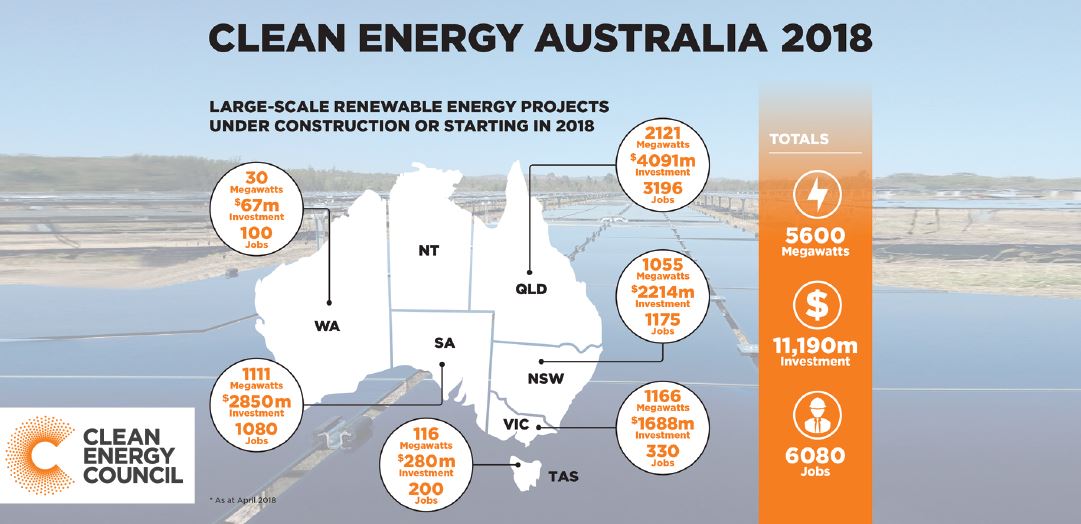In recent years, solar panels installed on homes and businesses and towering wind turbines placed on hilltops have become a common sight. Currently, renewable energy is a highly debated topic in Australia and around the country, especially in the face of global warming, rising energy costs and increased instability of the grid.
Renewable Energy creates more decentralised jobs
From wind and solar farms built where there is an excellent resource, to millions of roof top solar generators, renewable energy is disrupting the traditional way we organise and regulate our power systems.
The key characteristic of renewable energy development is its distributed, decentralised form. Instead of a small number of large generators feeding power through transmission and distribution networks to electricity customers, clean energy generators are located at multiple locations across our states and regions.
The states and territories have responsibility for energy policy and have been the innovators in driving and supporting renewable energy development. Reverse auctions for large-scale renewable energy generation, awarding long-term offtake agreements (contracts for difference) was first implemented by the ACT government and has subsequently been adopted by the Victorian and Queensland governments.
AEMO (Australian Energy Market Operator) in its recently released Integrated System Plan identified that it was those states with legislated renewable energy targets who were capturing the majority of renewable energy development nationally between now and 2025 – Victoria seizing 38% of committed renewable energy development, and Queensland close behind with 33%.
By contrast NSW, with no renewable energy target, but the largest share of NEM demand, saw only 14% of new renewable energy development. Victoria will shortly award contracts for a further 650MW of large-scale renewables, while Queensland is conducting a tender for 400MW.
State governments have also been innovators in relation to storage – just look to South Australia’s Tesla big battery and the ACT’s 5000 site distributed battery project. The Victorian government’s recently announced solar rooftop scheme to provide grant funding and no interest loans for 650,000 Victorian households to install rooftop solar and cut their energy costs is a clear example.



























